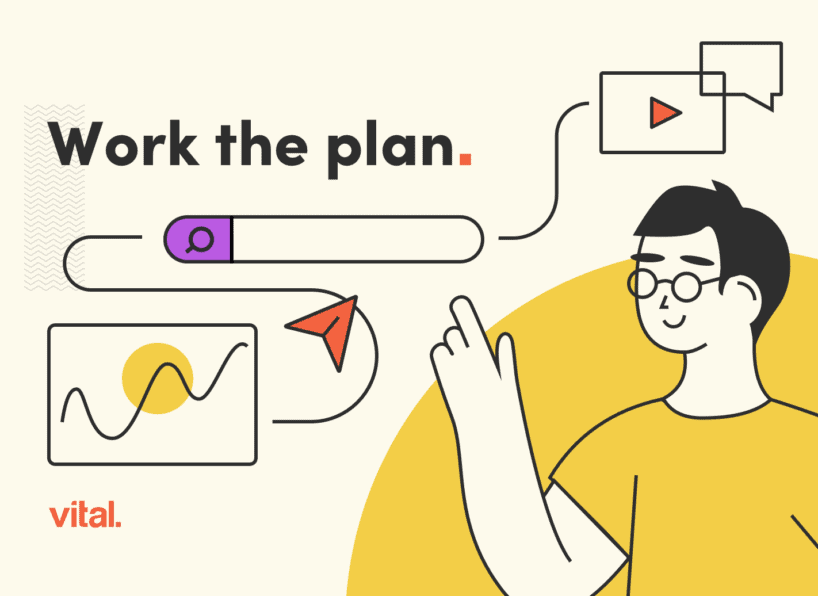Meetings are unavoidable. You have to meet every once in awhile to check in and keep the project rolling, but too often meetings run off track and over the scheduled time, and everyone goes back to their desks feeling like they haven’t accomplished anything.
As a content marketer, I’ve noticed that what a lot of meetings really need is a good editor. A strong editor knows how to cut out unnecessary content, define purpose, and plan thoroughly. They also know when to scrap something and start over. Here’s how to make your meetings better and faster by thinking like an editor.
1. Don’t have a meeting
Just swing by someone’s desk, chat for five minutes, make sure everyone knows what they need to do, and then call it. Obviously this only really works with two or three people, and when the meeting content can be covered in a few minutes. The beautiful thing is that a lot of meetings can be slashed down to five or ten minutes of real content. If you start thinking of formal, conference room meetings as a last resort, you’ll edit your thoughts better and cut to the chase faster.
2. Ask why
If you write for the web, you know that you need to be able to explain your work in a single tweet. You should be able to do the same thing for your meeting. If you can’t define the purpose of the meeting in one sentence, don’t have a meeting. (Go work on #4).
3. Go lean
Do you really need six people in that meeting? Could you have three come to the meeting and then send their notes to the others? We try to keep meetings small, and then, if needed, pull in relevant team members when they’re needed and let them get back to work when they’re finished with their contribution. It’s an idea that editors and writers know well: if something doesn’t serve a purpose, leave it out.
4. Make an agenda (a good one)
I’m a firm believer than any good writing project begins with a thorough outline. You have to outline your work and move forward with a plan, because otherwise you’re subject to all kinds of tangents that you hadn’t planned on. Now, sometimes tangents can be a good thing: if you’re spitballing creative strategy, for example. But if you’re trying to get in and get out, you need to have a plan—a real one. Don’t just write out a list of vague points you know you need to hit, actually take the time to work up a complete agenda that includes the purpose of the meeting, any deliverables you need (and who you need them from), projects you need to know the status of, and what you want to have accomplished by the end of the meeting. Spending a little extra time on this upfront can drastically cut down the length of your meeting. Be respectful of people’s time: if you called the meeting, it’s on you to create this agenda.
5. Leave the laptop at your desk
Editors know that as much as we may love our MacBooks, sometimes nothing beats a hard copy and a trusty red pen. If the only reason you’re bringing your laptop or tablet to meetings is to take notes, use pen and paper instead. You’ll concentrate better, be more connected to your colleagues, and there’s good research that the tactile element of putting pen to paper actually reinforces learning and memory. Plus, you’ll have the freedom to make diagrams, sketch designs or just doodle, another tactile activity that actually aids memory.
What are your favorite tips for better meetings? Share them with us in the comments.





